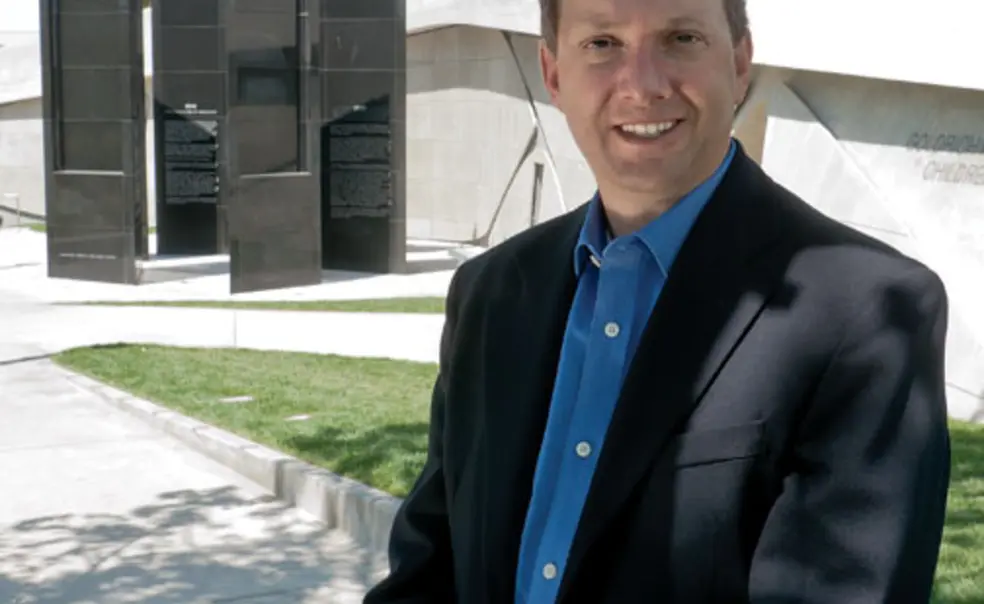Alumni Profile: E. Randol Schoenberg '88
Résumé: President of the Los Angeles Museum of the Holocaust. Attorney and law professor at the University of Southern California. Majored in mathematics with a certificate in European cultural history.
LIVING WITH THE HOLOCAUST
Although not a child of survivors, Schoenberg has been a “torchbearer of memory” since he was 11 and created a 12-foot family tree that included relatives killed in the Holocaust, he says. Both of his grandfathers, Arnold Schoenberg and Eric Zeisl, were émigrés and composers who created internationally known Holocaust musical pieces.
RECOVERING STOLEN ART
As an attorney, Schoenberg has worked on high-profile Hollywood cases, but is known best for his work in 2006 recovering from the Austrian government five Gustav Klimt paintings that had been stolen by the Nazis. Schoenberg took the case, thought unwinnable, of Austrian émigré Maria Altmann, the elderly niece of the paintings’ late owners, Adele and Ferdinand Bloch-Bauer, on contingency. He worked on it for eight years. Schoenberg appealed the case to the U.S. Supreme Court, gaining the right to take the case to an Austrian arbitration panel, which decided the paintings should be returned to Altmann, who sold them for more than $300 million. (She died in February.) Schoenberg received an undisclosed amount, but says, “I told my wife that if we got all this money, we should do something good with it.”
BUILDING A MUSEUM
Schoenberg then donated more than $6 million to help build a new home for the Los Angeles Museum of the Holocaust (lamoth.org), which opened last October. Founded in 1961, the museum had existed in cramped quarters at the Los Angeles Jewish Federation. Today, visitors walk through a monument of six 18-foot-high black monoliths commemorating the 6 million murdered Jews in the city’s Pan Pacific Park before entering the museum, which is built into the side of a hill. They navigate the exhibitions organized around themes, such as Kristallnacht, and listen to corresponding audio, such as a camp survivor’s testimony. There’s also a section with music of the Holocaust, including works by Schoenberg’s grandfathers. “The Holocaust is simply the worst event in the history of mankind. It needs to be taught,” says Schoenberg.












No responses yet